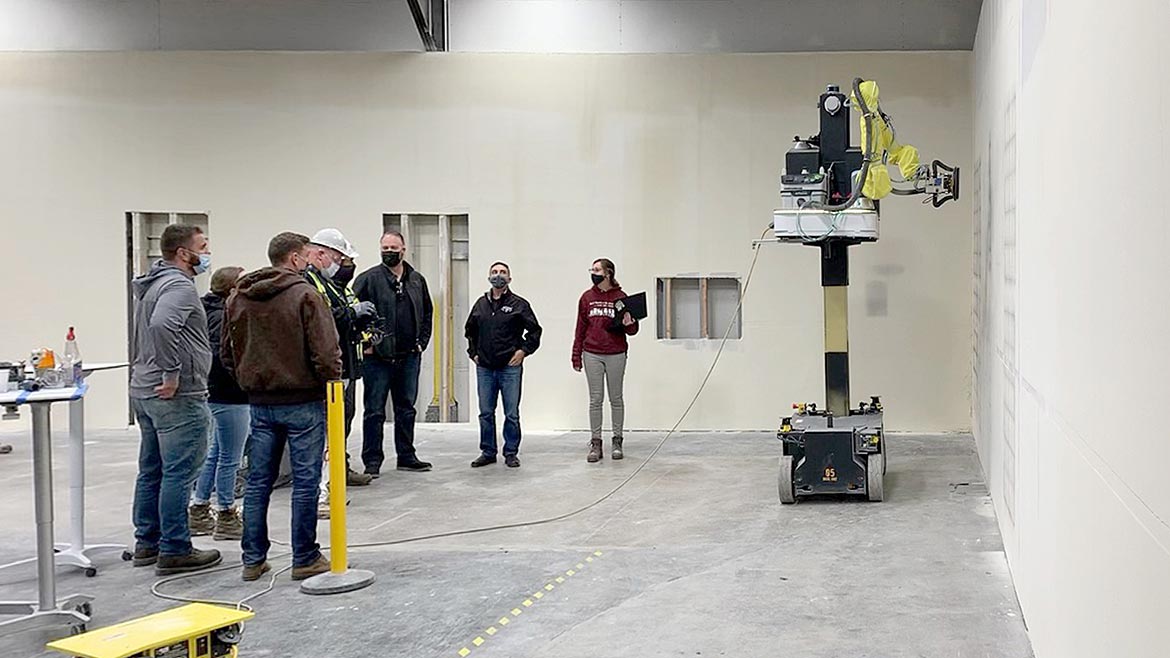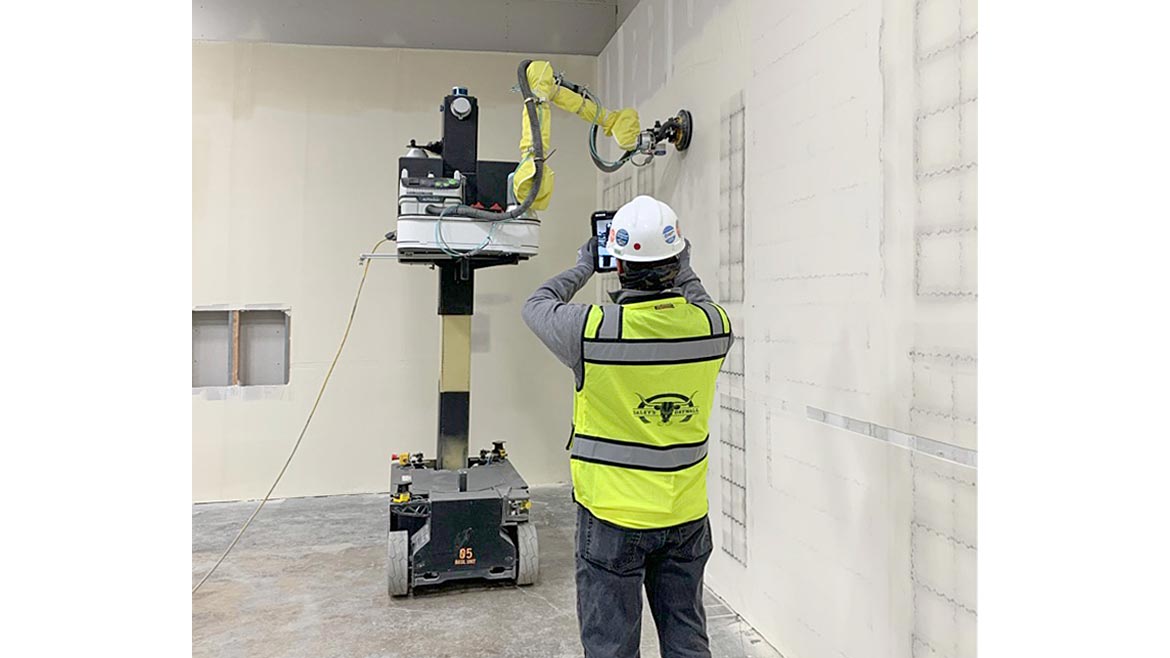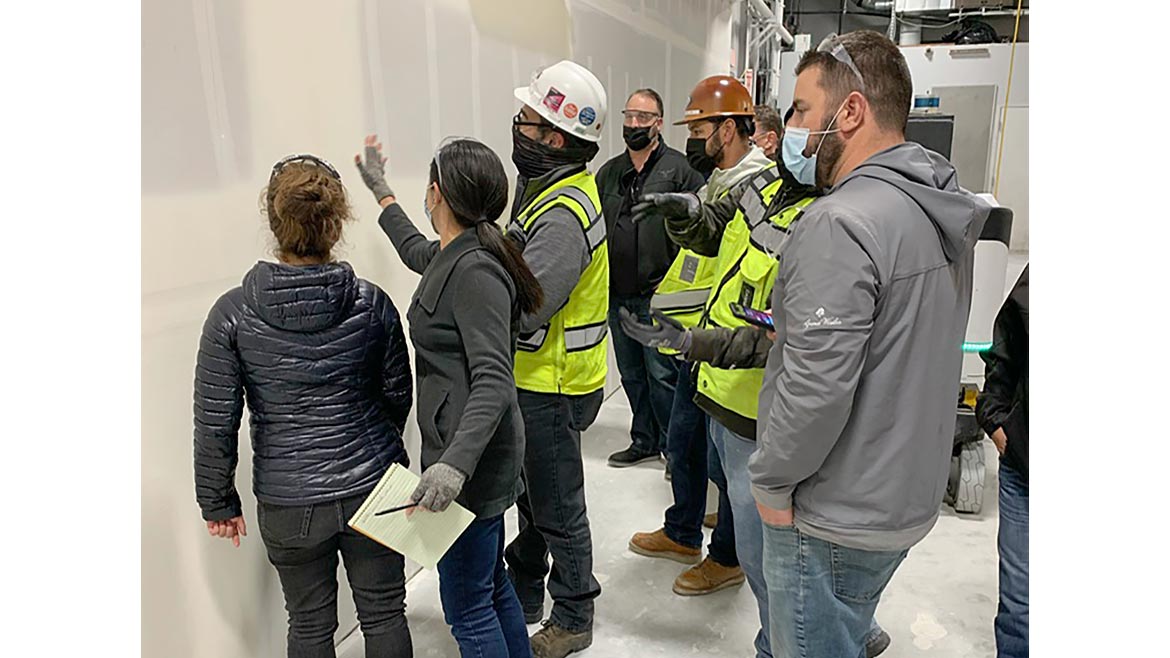For more than a decade, the wall and ceiling industry has been bombarded with new technologies, everything from software solutions aimed at significantly improving operational efficiency and reducing the occurrence of costly errors, to products that enable users to increase overall productivity.
At this point, most of us have integrated and accepted it as a part of our daily operations and workflow. It has become a necessary, and perhaps critical, part of maintaining a competitive edge while running a successful business in the construction industry.
Utilization of on-screen estimating, project labor and material planning, 3-D building information modeling, job costing, budgeting, forecasting and other financial tools are now commonplace. Technology has opened us up to new worlds of productivity in the office as well as the field, while providing useful insights into resource allocation and project planning mechanisms. It has greatly improved our ability to serve our clients’ needs by optimizing our communication and workflow, as well as helping us to deliver successful projects within the constraints of looming deadlines.
For better or worse, we’ve largely moved on from the days of paper plans and physical bid rooms. Technology has allowed us to cover more volume while reducing the risk of errors and the need to hire more. Now, with the introduction of more and more artificial autonomy in industries worldwide, the question becomes, when construction meets AI, who wins?

Artificial Intelligence
AI is defined as “intelligence demonstrated by machines.” Basically, applications performing complex tasks in lieu of human performance. In actuality, most of the previously mentioned construction tools already utilize some form of AI, as they use machine intelligence to help perform tasks traditionally performed by humans. Even though these tools still require a large amount of human input, there are calculations and algorithms processing in the background with the goal of freeing up our time on a daily basis and helping us work more efficiently. We’ve already seen elements of a more autonomous technology in the form of model-based estimating, automated quantification of conditions during the takeoff process. The idea is that the system essentially does what a traditional estimator would do by quantifying linear, area and count conditions present on the blueprints. Most programs being utilized for this today also require quite a bit of human input, but with AI tools and capabilities expanding, there is a real possibility that more tasks could be taken out of human hands.

So, what’s the Big Deal?
If we are already using it, this is nothing new, right? Well, not quite. The new technologies that we’ve been seeing in our industry in the past couple of years are different, moving much closer to autonomous machines and/or robots performing tasks normally performed by our work force or office staff. Does this mean that robots will be taking over our industry and eventually the whole world? Could it ever be completely out of our hands? It’s unlikely, for our industry, that human input wouldn’t be required on some level, at least for the foreseeable future.
Construction is complex and constantly changing, which makes collecting and managing data challenging. In addition, AI is only as good as its data. However, that’s probably a conversation for another time. Whether you like it or not, artificial intelligence in the construction industry is here to stay. It has already enabled major developments in technology in ways that affect our business on a daily basis. That’s not to say it’s taking over just yet. As of this writing, we are still physically installing wallboard, slinging mud on the walls, shooting wires, and installing ceilings largely the same way we have for years.

The Future of AI in Construction
In the last couple of years, we’ve already seen the use of robotics to finish drywall, draw on-site layout and speed up many other common tasks. The benefits of this technology are undeniable–increased quality assurance, productivity and safety–in short, a streamlined workforce. Moreover, we all know the toll that the wall and ceiling trades take on the human body over the course of a career. Our work is physically demanding and repetitive, which can cause any number of physical issues, including strains, sprains and a ton of other long-term health problems.
Overall, AI is definitely worth utilizing, at least to some degree, in our industry. While it’s definitely progressing in multiple directions at the same time, I don’t think we’ve fully realized all of its possibilities.
As AI learns more and finds more acceptance within the wall and ceiling industry, we will most likely see it streamline normally mundane and repetitive work while saving us time and money, and maybe even keeping us a little safer. As long as it’s utilized thoughtfully, construction collaborating with AI can be a win for everyone.






Report Abusive Comment